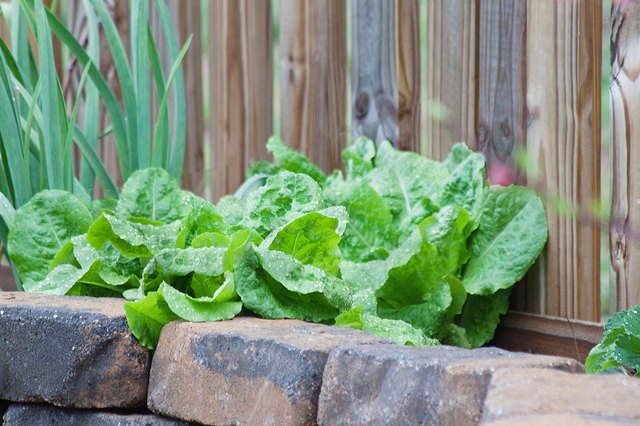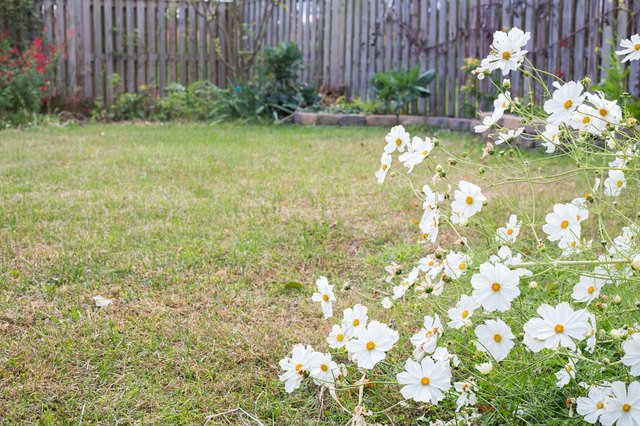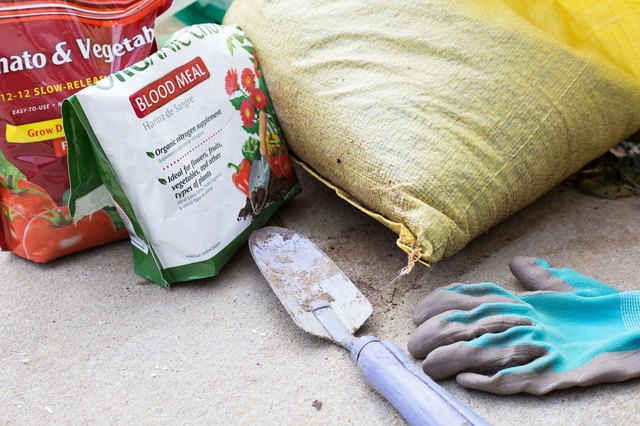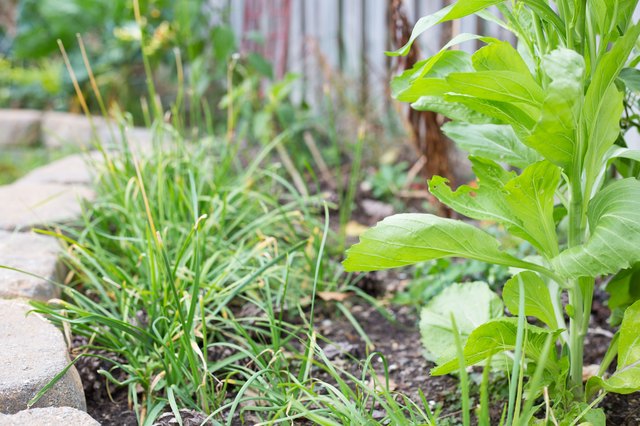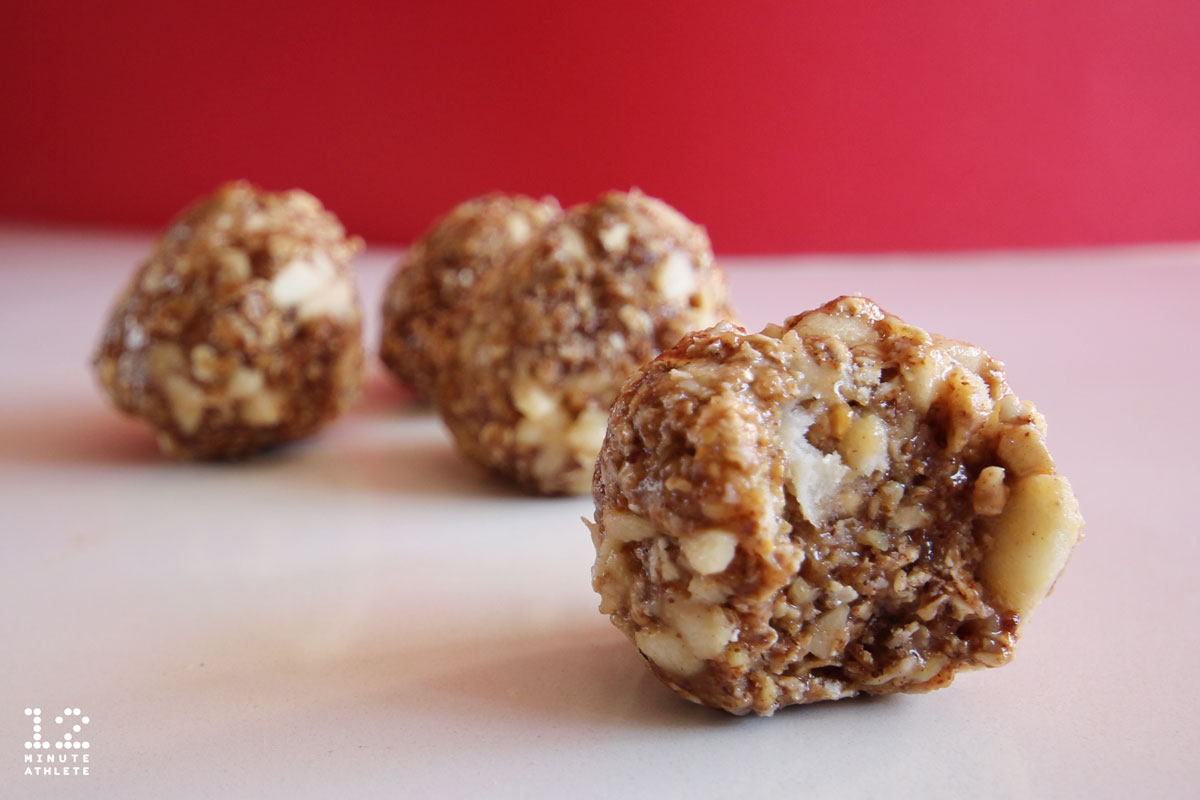"Fresh watermelon sangria is like summertime in a glass. Just blend watermelon into a juice, and pour over fresh fruit along with white wine, vodka, and orange liquor."
INGREDIENTS:
12 cups cubed watermelon, divided
1 (750 milliliter) bottle dry white wine
1 cup vodka
1/2 cup triple sec
|
1/2 cup simple syrup
1 medium lime, quartered
1 orange, cut into wedges
1 cup fresh blueberries
|
DIRECTIONS:
| 1. | Place 9 cups of watermelon cubes in a blender; blend on high until very smooth. Strain juice through a mesh strainer into a large pitcher. Pour the wine, vodka, triple sec, and simple syrup into the pitcher. Stir to combine. Mix the remaining 3 cups of watermelon cubes, the lime quarters, orange sections, and blueberries into the sangria. Chill for 4 hours before serving. Source: Allrecipes.com |






